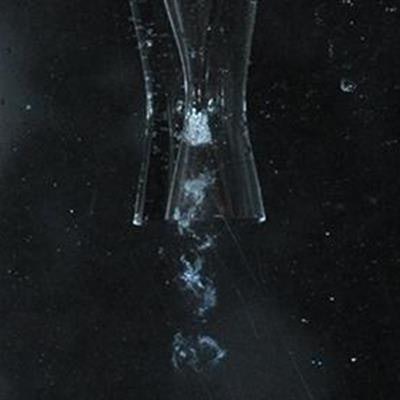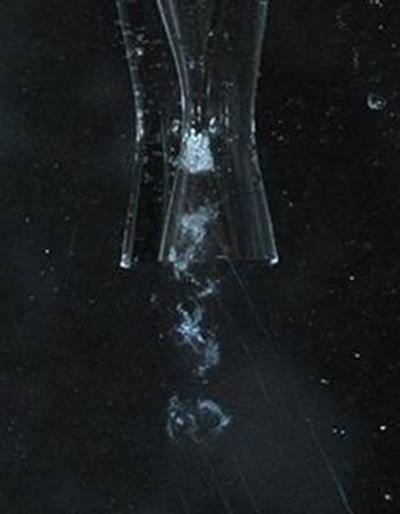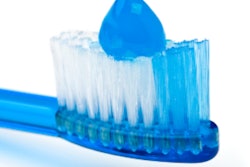
Removing harmful biofilms from dental implants and their crowns is an ongoing challenge for practitioners and patients. Now a new study has tested the use of a nozzle that streams a powerful cavitating jet of water to remove these biofilms from implant surfaces -- with promising results.
While intradental cleaners that use jets of water are well-established, they are not always effective at removing plaque and other harmful biofilms from implants. Researchers from Japan compared the use of a powerful cavitating jet spray of water to a device that sprayed a conventional jet of water and found the cavitating jet removed significantly more biofilm from implants.
The team was looking for better ways for dentists to remove plaque from implants, according to study co-author Hitoshi Soyama, PhD.
"Conventional methods cannot clean plaques on the surface of dental implants very well, so this new method could give dentists a new tool to better manage these fixtures which are becoming more common," Soyama noted in a press release.
Soyama is a professor in the department of nanomechanics at the Tohoku University School of Engineering in Miyagi. The study was published in Implant Dentistry (December 2017, Vol. 26:6, pp. 904-910).
Jet powered
Previous research indicates that water flow exerts shear stress to remove biofilm. The researchers wanted to find out if a nozzle that allowed a dentist to stream a high-powered cavitating jet of water would be more effective at removing biofilms from the rough surfaces of dental implants.
 The researchers used a specific type of nozzle to create the cavitation bubbles that removed the plaque. Image courtesy of Hitoshi Soyama, PhD.
The researchers used a specific type of nozzle to create the cavitation bubbles that removed the plaque. Image courtesy of Hitoshi Soyama, PhD.They grew biofilm intraorally for 72 hours in four volunteer participants with implants and measured the amount of biofilm. The implants and crowns were then exposed to both the water jet and the cavitating jet for three different time periods (30, 60, and 180 seconds). After these treatments, the researchers measured residual plaque biofilm area using a digital microscope.
Overall, the residual plaque biofilm was significantly lower in the groups that used the cavitating jet. Interestingly, the researchers found no significant differences between the total residual plaque biofilm at 30 and 60 seconds, but they did detect a significant difference between 60 and 180 seconds. The cavitating jet removed about a third more plaque than the water jet, they reported.
The cavitating jet was also able to remove the plaque from the root section of the implant's screws and also the harder-to-reach crest section, to a lesser extent, they found.
What makes the cavitating jet different from a water jet is that the force it produces is able to remove particles when the biofilm's bubbles collapse, according to the researchers. They suggested that the combination of shear stress from the water flow in synergy with the stronger force produced by the cavitating jet makes it superior to the water jet when cleaning the plaque off the irregular surface of dental implants.
Effectively clean
A major limitation of the study is its size with only four participants. However, the researchers concluded that the cavitating jet spray was an effective method for clearing implant surfaces.
"The cavitating jet can effectively clean the biofilm formed on the rough surface of the implant screw, especially on the root sector," the authors wrote.



















